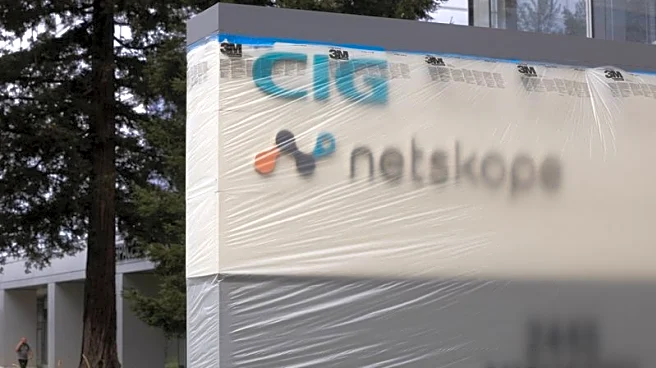What is the story about?
What's Happening?
California's Assembly Bill 288 (AB 288) seeks to expand the jurisdiction of the California Public Employment Relations Board (PERB) to include certain unfair labor practice cases involving private-sector workers. Currently, PERB oversees collective bargaining in the public sector, but AB 288 would allow it to hear cases that the National Labor Relations Board (NLRB) has not resolved within six months. The bill aims to create a parallel state enforcement process for rights under the National Labor Relations Act (NLRA), allowing PERB to certify unions, order employers to bargain, reinstate workers, and impose civil penalties.
Why It's Important?
If enacted, AB 288 could significantly impact California private employers by creating duplicate forums for labor disputes, expanding remedies available to unions, and increasing compliance uncertainty due to overlapping federal and state labor laws. The bill challenges federal preemption principles, which traditionally prevent states from regulating conduct covered by federal labor law. Legal challenges are expected, as similar laws have faced opposition, including a lawsuit by the NLRB against New York. Employers may need to adjust their labor relations policies to navigate potential changes.
What's Next?
AB 288 is not yet law, and if passed, it will likely face significant litigation before its provisions are enforceable. Employers should monitor developments closely and prepare for potential delays in implementation. They should also review their current compliance with federal labor laws and be ready to adapt to new state requirements if AB 288 survives legal challenges.
Beyond the Headlines
The introduction of AB 288 reflects California's willingness to test the boundaries of federal labor law and could set a precedent for other states seeking to expand their control over private-sector labor relations. The legal vulnerability of the bill highlights ongoing tensions between state and federal authority in labor law enforcement.
AI Generated Content
Do you find this article useful?















